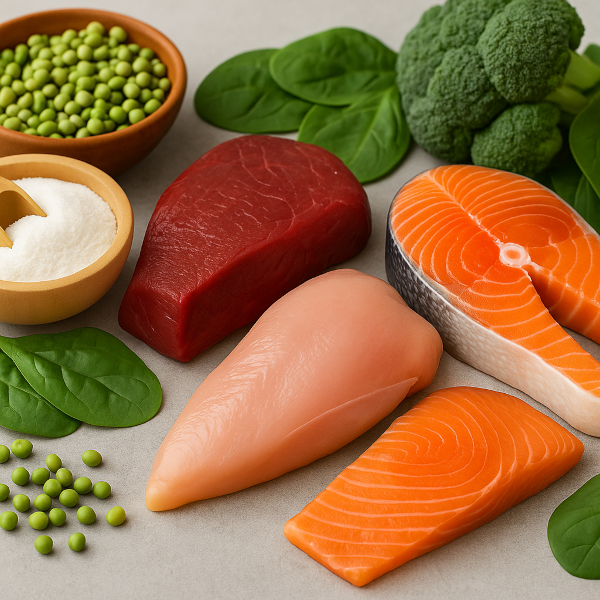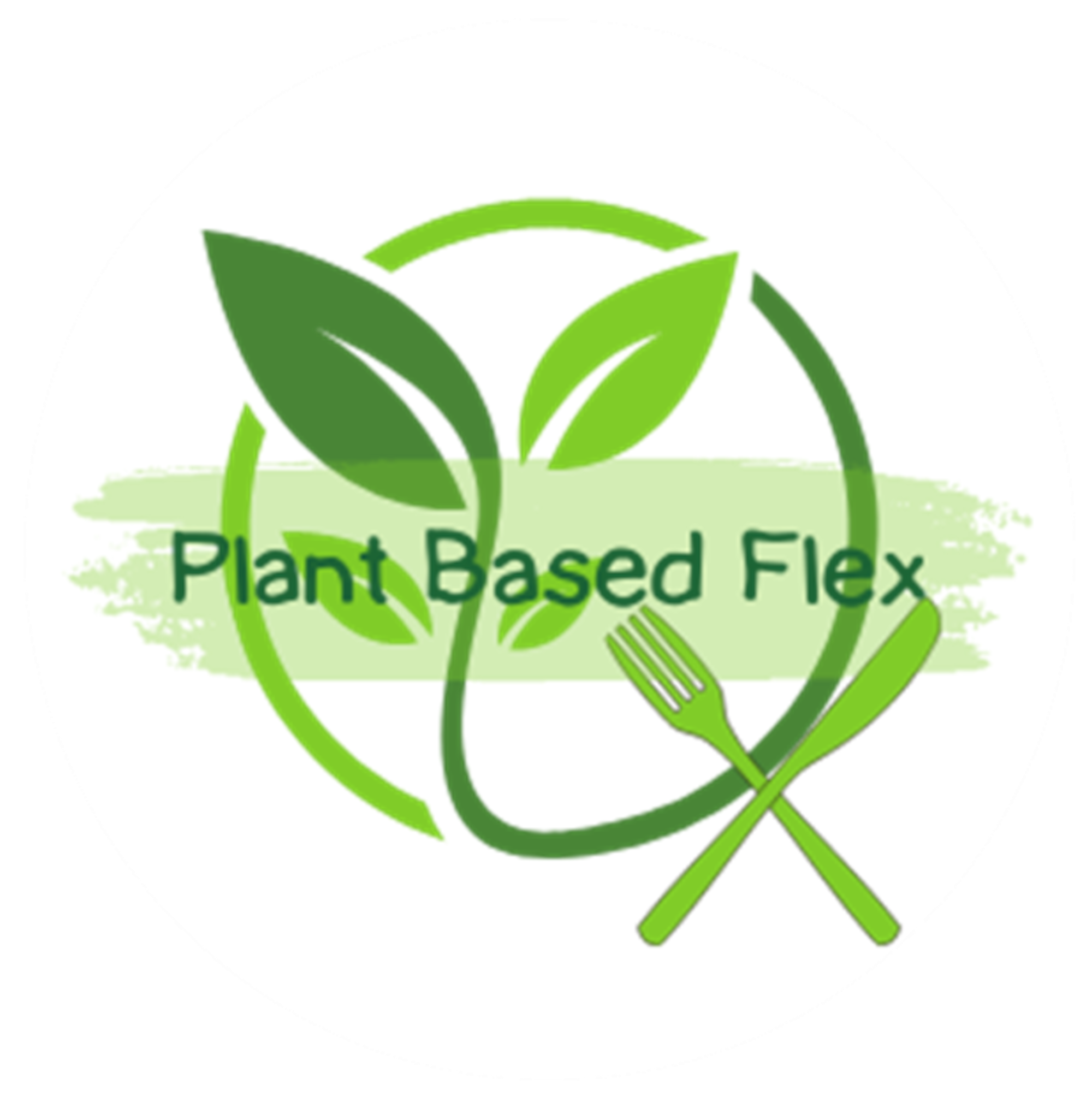Creatine After 60
I used to think creatine was just for gym bros and bodybuilders. You know, the guys who hang around protein tubs at supplement stores, chugging powders between sets. It was never something I thought I would take—especially in my 60s.

Creatine After 60: Why I Take It, How It Works, and How to Thrive With It
A Personal Note
I used to think creatine was just for gym bros and bodybuilders. You know, the guys who hang around protein tubs at supplement stores, chugging powders between sets. It was never something I thought I would take—especially in my 60s.
But here I am, sipping my herbal tea, writing about how creatine is helping me and my husband feel stronger, recover faster, and keep our energy up for the long hikes and active lifestyle we love.
The funny thing is, even though we only take tiny doses (between .6g to 5g a day - that's a 1/8 tsp to 1 tsp). I only take 1/8 tsp daily - but I started to notice something a little off. I felt puffy. Tight. Like everything I ate made me feel full, even when I hadn’t had much. My digestion just felt heavy.
So I did what I always do, and I listened to my body, asked questions, did the research, and made adjustments.
And what I found? Creatine is incredible for aging well—but it comes with a few things you should know to get the most benefit, especially as we get older.
Creatine Over 60
What We'll Cover in this Post
- What is Creatine?
- How Creatine is Formed in the Body
- What Creatine Does For You
- Where Creatine Comes From: Food & Supplements
- Why Creatine Matters More After 60
- Is Creatine Safe for Older Adults?
- How to Manage Bloating & Side Effects
- Final Thoughts + Free Anti-Bloat Plan & Tracker

What is Creatine?
Creatine is a naturally occurring compound found in your muscles, brain, and other tissues. It’s made from the amino acids glycine, arginine, and methionine, and helps your body produce energy, especially during high-effort activities like climbing, lifting, or fast thinking.
Think of creatine as your cellular energy booster. It helps regenerate ATP, your body's main energy currency.
How Creatine is Formed in the Body
Your body creates creatine in two steps:
- Kidneys and pancreas: Combine glycine and arginine to form guanidinoacetate (GAA).
- Liver: Converts GAA into creatine using a compound called SAMe.
Once made, creatine enters your bloodstream and is stored mostly in muscle tissue (about 95%), with the rest in the brain, heart, and other areas.
You also lose a small amount daily, which is why diet or supplementation is needed to keep your levels optimal, especially as we age.
What Creatine Does For You
Creatine plays a critical role in:
- Cellular energy production via ATP regeneration
- Muscle recovery and performance
- Brain support and cognitive resilience
- Reducing muscle fatigue and soreness
It’s especially helpful for quick bursts of effort—like stair climbing, lifting groceries, or a steep incline hike.
Bonus: It may help buffer oxidative stress and support mitochondrial health—two big factors in aging well.

Where Creatine Comes From: Food & Supplements
You can get creatine from:
- Animal-based foods like red meat, poultry, fish, and shellfish
- Your own body (about half your needs if you eat meat)
- Supplements, especially if you're plant-based or flexitarian
The most researched and cost-effective form is creatine monohydrate. I recommend third-party tested versions (NSF or USP verified) for quality and purity.
If you’re mostly plant-based like me, you’re probably not getting much creatine from food, so a small supplement can go a long way.
Why Creatine Matters More After 60
As we age, we naturally lose:
- Muscle mass (sarcopenia)
- Strength and power
- Bone density
- Cognitive sharpness
Creatine helps address all of that by:
- Improving lean muscle growth (especially when paired with resistance exercise)
- Increasing strength, mobility, and energy
- Potentially boosting memory and mental clarity
- Helping maintain functional independence
Several studies have shown older adults benefit significantly from low-dose creatine, more than younger adults in some cases.
Is Creatine Safe for Older Adults?
Yes—in healthy individuals, creatine is well-tolerated and safe, even over long periods (up to 5 years in studies).
Key notes:
- No evidence of kidney damage in people with normal kidney function
- Minor side effects may include bloating, water retention, or slight digestive changes
- Always stay well-hydrated and consult your healthcare provider if you have preexisting kidney issues
How to Manage Bloating & Side Effects
This is where it gets real. Here’s what worked for me:
1. Start Extra Low
- Begin with ⅛ tsp (about 0.5g) instead of a full scoop.
- Take only on days when you’re active or doing resistance training.
2. Hydrate Earlier, Not During Meals
- Drink most of your water in the morning and between meals.
- Avoid over-hydrating with meals to prevent sluggish digestion.
3. Adjust Your Meals
- Reduce heavy fats and cold foods in the morning.
- Add warming herbs and light fiber (steamed veggies, blended soups).
4. Pause Coffee, Switch to Herbal
- Coffee on an empty stomach can worsen puffiness or reflux.
- I switched to ginger and fennel tea, and it made a huge difference.
5. Track What You Eat and Feel
- I created a simple 3-day anti-bloat tracker to pinpoint what meals and habits were affecting me.
Final Thoughts + Free Anti-Bloat Plan & Tracker
If you're looking to build strength, boost energy, or just feel better in your body after 60, creatine may be one of the easiest and most effective additions to your routine.
But just like anything else, it’s not one-size-fits-all.
Start low, listen to your body, and support your system with the right meals and hydration.
👉 Want to try it for yourself and track your results?
📥 Click here to download my complimentary 3-Day Anti-Bloat Meal Plan + Digestion Tracker
Additional Resources & Deeper Dive: Understanding Creatine Over 60
If you're curious to dig deeper into the science behind creatine—how it’s made, how it works, and why it’s especially beneficial for adults over 60—this section breaks it all down with reputable sources for further reading.
1. What Is Creatine?
Creatine is an organic compound (C₄H₉N₃O₂) derived from amino acids. It's not a protein, but a non-protein nitrogen compound that plays a vital role in the body's energy system. It exists in both zwitterionic and neutral forms and supports ATP (energy) regeneration in muscle and brain tissue.
📚 Source: Healthline
2. How Is Creatine Formed in the Body?
Your body makes creatine in a two-step process:
- Step 1: In the kidneys (and pancreas), the enzyme AGAT (arginine:glycine amidinotransferase) converts glycine + arginine into guanidinoacetate (GAA).
- Step 2: In the liver, GAMT (guanidinoacetate N-methyltransferase) methylates GAA using SAMe to create creatine.
Once produced, creatine enters the bloodstream. About 95% is stored in skeletal muscle, with the rest in the brain, heart, and reproductive tissues.
📚 Sources:
Wikipedia | MaxiNutrition | Medical News Today
3. What Creatine Does for the Body
a. Cellular Energy
Creatine is converted to phosphocreatine (PCr), which helps rapidly regenerate ATP—the energy currency of your cells.
📚 Source: Wikipedia
b. Mitochondrial & Antioxidant Support
Creatine plays a role in buffering oxidative stress by reducing reactive oxygen species (ROS) during metabolism.
📚 Source: PMC Review
c. Muscle Repair & Growth
Supplementation supports muscle recovery, increases satellite cell activity, and may encourage muscle fiber growth.
📚 Sources: ScienceDirect | PMC
4. Dietary & Supplement Sources
- Dietary Creatine: Red meat, pork, poultry, fish, shellfish
- Plant-based diets contain almost no creatine—this is why vegetarians, vegans, and flexitarians often benefit from low-dose supplementation
📚 Sources: Verywell Health | WebMD - Best Supplement Form: Creatine monohydrate (third-party tested, NSF/USP preferred)
📚 Source: Wired
5. Benefits for Adults Over 60
a. Muscle Mass & Strength
Creatine improves lean mass, strength, fatigue resistance, and even bone density when paired with resistance training.
📚 Source: PubMed
b. Cognition & Mental Clarity
May support brain function, especially under sleep deprivation or stress. Shown to enhance working memory in some studies.
📚 Sources: Mayo Clinic | PMC
c. Overall Healthspan Support
There’s emerging research on creatine’s role in mood, metabolic resilience, and even sleep.
📚 Source: WSJ Health
6. Is Creatine Safe?
- Yes, for healthy adults. Long-term studies show no harm to kidney function when used at normal doses.
- Individuals with existing kidney issues should consult their doctor.
- Side effects may include: Temporary water retention or mild digestive upset.
📚 Sources:
Medical News Today | San Francisco Chronicle | WebMD
7. Quick Reference Chart
| Aspect | Key Insight |
|---|---|
| Made From | Glycine, arginine, methionine |
| Primary Role | ATP regeneration |
| Stored | 95% in muscle; rest in brain, heart |
| Food Sources | Red meat, poultry, fish |
| Best Supplement | Creatine monohydrate |
| Benefits (60+) | Muscle, bone, brain, energy |
| Safety | Safe long-term, if healthy |
🎁Don't forget to Grab my complimentary 3-Day Anti-Bloat Meal Plan + Digestion Tracker here.
Disclaimer:
This content is for informational purposes only and is not intended as medical advice. Always consult your healthcare provider before making any changes to your diet, supplements, or lifestyle—especially if you have existing conditions or take medication.
💌 Haven’t joined the Plant Based Flex blog yet?
It’s completely free, and when you confirm your email, I’ll send you my 7-Day Kickstart Wellness Bundle to help you start thriving beyond 60.
